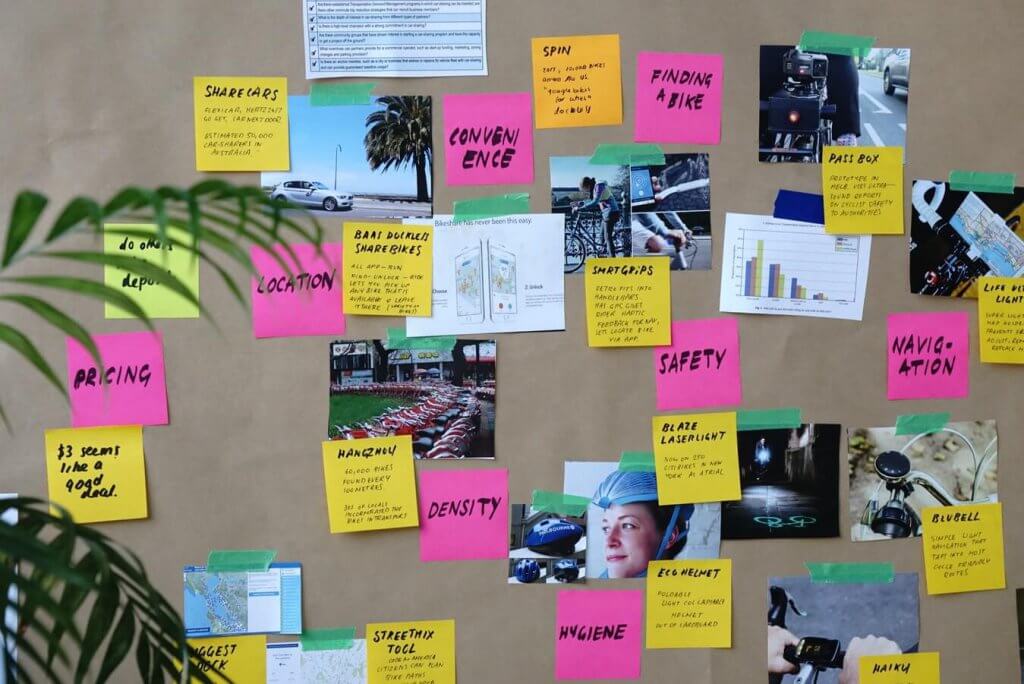How to become a true design thinker
Becoming a design thinker is about more than following the design thinking methodology. It’s about fundamentally shifting your view of the world.
Critics of design thinking may blame the process for their failures. This may be because design thinking requires a significant amount of critical thought to be successful. Like many things that are worthwhile, it is hard work! However, it is possible to make that work easier by focusing on a number of fundamental mindsets when using design thinking to drive change in your organisation.
Here, we focus on three vital attitudes of a design thinker and offer some handy advice on how to make it stick in your own organisation.
Creative Confidence
‘Creative confidence is the notion that you have big ideas, and that you have the ability to act on them,’ once said David Kelley, founder of IDEO. Reaching for the lighthouse, North Star or inspirational design target is really important in the process of design thinking. When it comes to having ideas, the more ideas we have the better they become. So, it really is all about exercise for the mind. Fostering creative output in the workplace will increase your creative confidence, so providing an environment that encourages ideas in a variety of ways can boost this in all team members.

How can you get started?
Ask your team to come up with ideas. It’s an obvious, but not always implemented approach!
Reframing failure and iteration
Reframing failure as just another learning process is hugely important in design thinking. Who ever heard of a product or service being perfect on its first attempt? Making small tweaks and minor adjustments can be the key to creating something truly transformational versus just another product.
It only took one small tweak to transform Amazon’s review feature into a critical tool to convert sales. Usability expert Jared Spool explains here how by displaying the most helpful reviews at the top, Amazon was able to increase sales in their media products category by 20%, adding $2.7 billion to their bottom line.
How can you get started?
Openly embrace the opportunity that failure brings by asking your team to share the failures they learned the most from.
Bias towards action
Getting prototypes (even imperfect ones) into the hands of users as early as possible is critical to design thinking success. The end user will ‘tell it as it is’. The more honest and articulate the user is, the better. Remember, this will allow teams to go back through the reiteration process again, tweaking and tweaking until that end result is just right. The Lean Start Up model recommends the approach of testing a minimum viable product (MVP). The MVP is often not perfect and yet it will have enough functionality to allow users to test it early and give feedback at the early stage of a project when costs are still low.
How can you get started?
Prototype, learn and fail fast and cheap.
You can use these mindsets in your own organisation. Start today by sharing the principles and some examples of where you or others have done this successfully and see the change happen!
We offer hands-on, expert led design thinking and innovation training. Find out more and book now.

